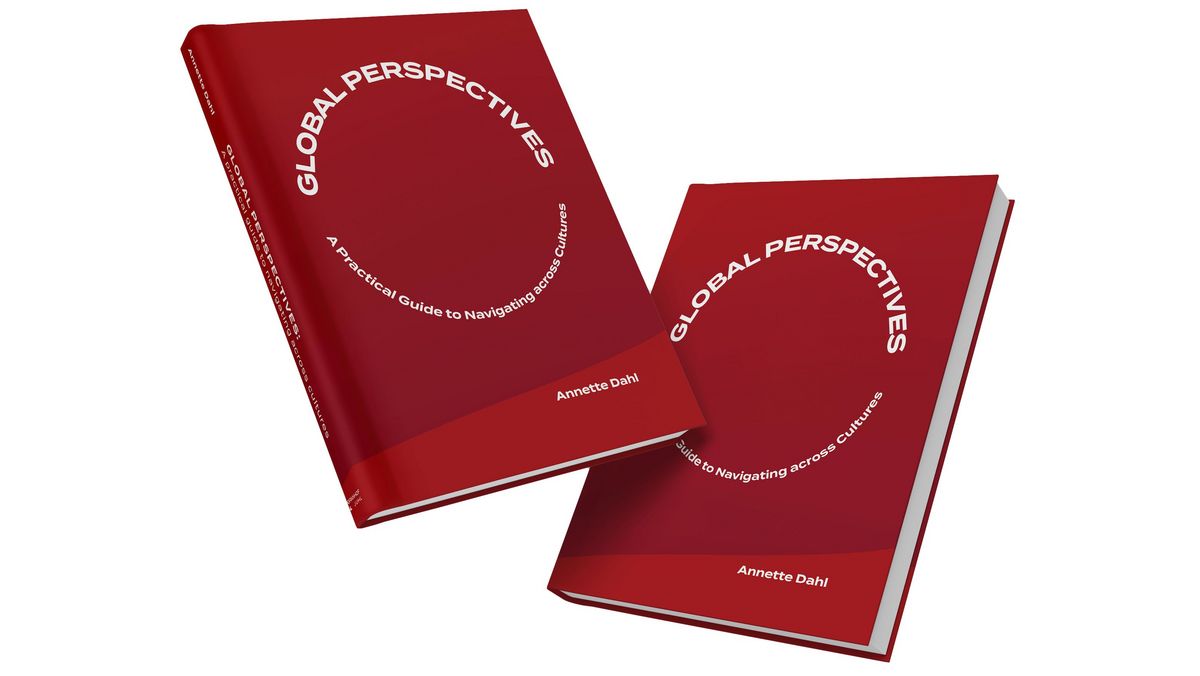
QUICK TIP: What Snow Clearing in a Swedish Provincial Town Can Teach You about Making Good Decisions
There’s typically snow during winter in the Swedish provincial town of Karlskoga. And that snow needs to be cleared away so that people can move around safely on the streets and lanes.
For many years, snow clearing took place in the following order, determined by the city council, which primarily had male members:
- They started by clearing snow on the major roads so that cars could get around and out of the city quickly.
- They finished by clearing cycle paths, pavements and other paths used by pedestrians.
In 2011, Karlskoga’s city council reviewed its snow clearing processes.
Data from northern Sweden showed that when accidents caused by snow and ice were examined, they involved three times as many pedestrians as motorists.
Other data showed that more men than women drove cars, while more women than men cycled, walked or used public transport. And that 70% of the pedestrians who were injured in winter due to snowy and icy pavements and paths were women.
The city council decided to change the order of snow clearing, so that priority was given to clearing paths and other areas used by pedestrians and cyclists first.
The result?
The total cost of snow clearing remained the same.
On the other hand, there was an overall decrease in accidents during winter, because fewer people were injured on slippery cycle paths, pavements and footpaths.
In addition to the consequences that such accidents have for the people involved, it also resulted in savings for the healthcare system and reduced productivity loss, due to fewer employees being on sick leave.
Savings that not only benefited the female residents, but the entire population of Karlskoga.
What can you learn from the Karlskoga case?
You can read about the above case in Matthew Syed’s book "Rebel Ideas: The Power of Diverse Thinking", John Murray Press, 2019 (which is also recommended if you want to know about what cognitive diversity is all about).
So what can you learn from the Karlskoga case in relation to making good decisions?
First and foremost: We’re all biased. None of us sees the full picture.
If you primarily drive a car when you transport yourself around in everyday life, then you’ll know most about driving a car. And that means there's a good chance that the problems that the winter weather creates for motorists are high on your mind.
If you’re sitting with a group of people who also primarily drive cars, then you might naturally give snow clearing from roads the highest priority.
Not because you consciously want to put your own needs above those of other citizens.
But because your blind spots lead you to conclude that it’s the natural choice and for the good of the whole city. And it doesn’t occur to you to obtain data that could shed light on whether this is actually the case.
This is a classic challenge in relation to making good decisions: The more you resemble each other in the group that makes decisions, the greater the risk that bias will have free rein, so you overlook important perspectives in the decision-making process.
A good place to start if you want to make better decisions is to become aware of your own blind spots. But it can be really difficult.
Therefore, you will often benefit from including several different voices in the decision-making process. Voices that can challenge you and help uncover your blind spots.
In other words, you need to increase cognitive diversity in the group, so that you have a greater number of different experiences, approaches and knowledge to draw on.
The more diversity there is – in terms of e.g., gender, age, ethnicity, national background, professional background, social background, personality types, disabled and non-disabled people etc. – the greater the probability that you will get all relevant perspectives.
Where to go from here
Can we help your company or team to break your bias so that you make better decisions? Read about our workshop Break your bias here.
Would you like more inspiration about diversity and inclusion? Follow us here on LinkedIn – and sign up for our newsletter using the form below.

